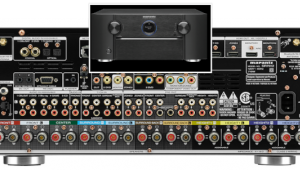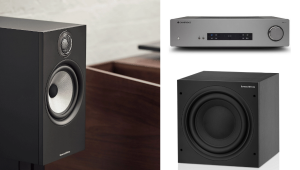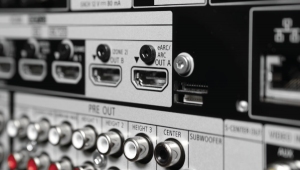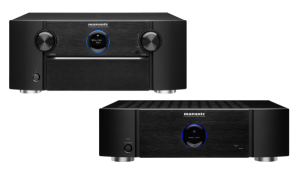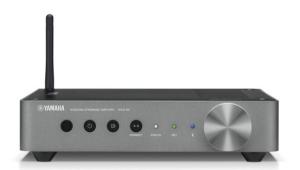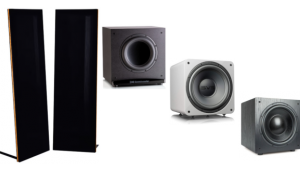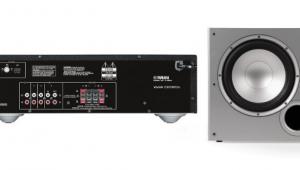Training, Crossover, Pass-Through

I am interested in learning home-theater installation as a career path. Can you suggest a training program I should look into?
Carmine Abbate
The best training program I know of is offered by THX. Tech 1 is a 1-day intro, Tech 2 is a 2-day hands-on lab focusing mostly on audio, and Video Calibration is a 3-day hands-on class. I've taken Tech 1 and Video Calibration, and they are excellent, though pretty intensiveget ready to drink from a fire hose! Go here for more info.
Otherwise, I recommend trying to find an internship with a local installer. You probably won't get paid muchif anythingand you'll be given much of the grunt work, but you'll learn the ropes in a practical setting.
Crossover Query
My Onkyo TX-SR605 receiver is connected to Sony SS-F5000 front and rear towers, SS-CN5000 center, and a Yamaha subwoofer. Once I let the automatic calibration do its thing, the towers are set to full-range. Should I leave them set to full-range or manually set the crossover frequency specified for the speakers? Leaving them at full-range gives me more bass.
Jerry Gascey
In general, I recommend designating the main speakers in most systems as "small," even if they are capable of reproducing the full range of audio frequencies, and let the sub handle the lows. This is because the best placement for the low-frequency transducer (i.e., speaker) is usually different than the best placement for the mid- to high-frequency transducers.
The SS-F5000 is spec'd from 45Hz to 50kHz, while the SS-CN5000 is 85Hz to 50kHz, so these speakers can't reproduce the low bass needed by many movie soundtracks and music recordings. You might think you're hearing more bass if the SS-F5000s are designated as "large," but you're really not hearing the lowest octave of sonic informationinstead, your brain is "filling in the gap" with what it thinks should be there.
I definitely recommend that you designate all five main speakers as "small" before running the auto-calibration function and let the receiver route all frequencies below 80Hz to the sub.
Please Pass the HDMI
I am planning to use an Onkyo TX-SR606 receiver in my home-theater room. Like many other receivers, this one has HDMI "pass-through." My understanding is that all the video sources can be hooked up to the receiver's inputs and a single HDMI cable can run from the receiver's output to the input on the projector without any loss of video quality.
This seems like a good way to hook up the components, because it would save the expense of buying multiple 30-foot HDMI cables to run across the room. It would also be simpler for my family to operate the system because they would only have to select the input source on the receiver to change from, say, the cable box to the Blu-ray player. Do I understand this "pass-through" correctly?
Alan Hurley
By Jove, I think you've got it! However, the term "pass-through" is not really accurate in this case. What you're describing is more correctly called "HDMI switching." Some receivers do, in fact, pass the HDMI signal through the receiver without processing it in any way, which is the real definition of "pass-through," but others apply various processing to it.
In any event, connecting all your sources to the receiver and connecting one HDMI cable from the receiver to the projector is exactly how modern receivers are designed to work. In fact, you can connect not only HDMI sources, but analog sources to the receiver's inputs, and the receiver will convert them to HDMI for output to the display.
One point of caution30 feet is probably too long to run a cheap HDMI cable without a booster of some sort. I use a 10-meter Ultralink HDMI cable that works fine, but long cheap cables can cause "sparklies," dropouts, and other picture problems.
If you have a home-theater question, please send it to scott.wilkinson@sorc.com.
